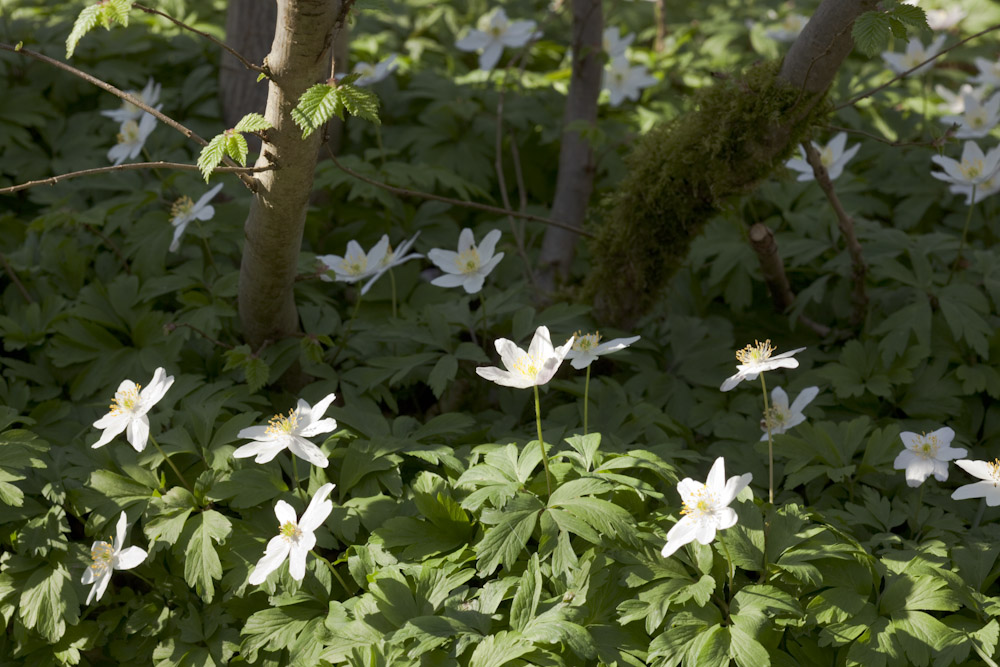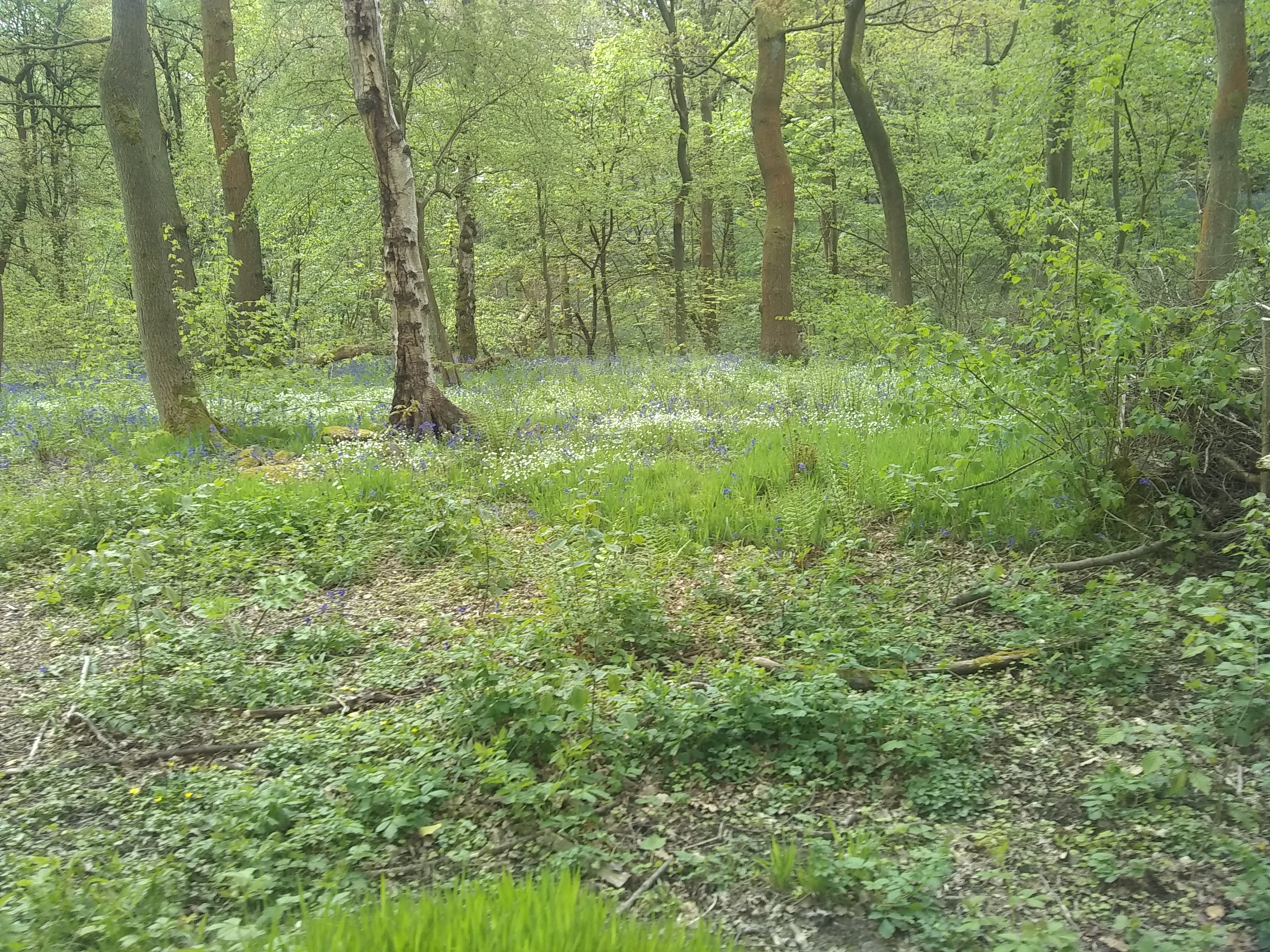Efforts to restore biodiversity in areas of Ecclesall Woods have not gone unnoticed. Putting up fences to restrict access, so that the land beyond has chance to recover, is not always popular.
While some are happy to see vulnerable wildflowers being protected from the footfall of 500,000 visitors per year, others see it as an attack on their right to freely enjoy the Woods in their entirety. Although I have some sympathy with this latter viewpoint I always come down on the side of the wildflowers. They have no voice to demand their right to survival.

Many of these plants are now only found in ancient woodlands and this irreplaceable habitat now only covers 2.3% of the UK. Where it is possible to conserve these wildflowers every effort must be made to do so. If space cannot be made for them in a woodland as vast as Ecclesall Woods then where?
Flowers are not just pretty to look at, they are fundamental to the woodland ecosystem. No flowering plants means no pollinating insects and insects are a vital protein source for the chicks of most bird species.

Are those that grumble about fencing aware of just how many areas they are free to roam? Sadly people abuse this freedom: in the last couple of weeks alone people have been picking bluebells and sitting among them to have their photos taken. It is ironic that the bluebell’s beauty contributes to their destruction. Who knows (or cares) that harming bluebells is a wildlife crime?
So we put up chestnut paling fences and ‘dead hedges’ to stop the Woods’ wildflowers being trampled out of existence. The seeds, laying dormant in the soil, are ready to seize the chance to recolonise land made bare by a thousand footsteps.
The results are astonishing and in many cases the rate of recovery has surprised even the most optimistic among us.
Download the spring 2019 ‘Fenced Area’ survey.



